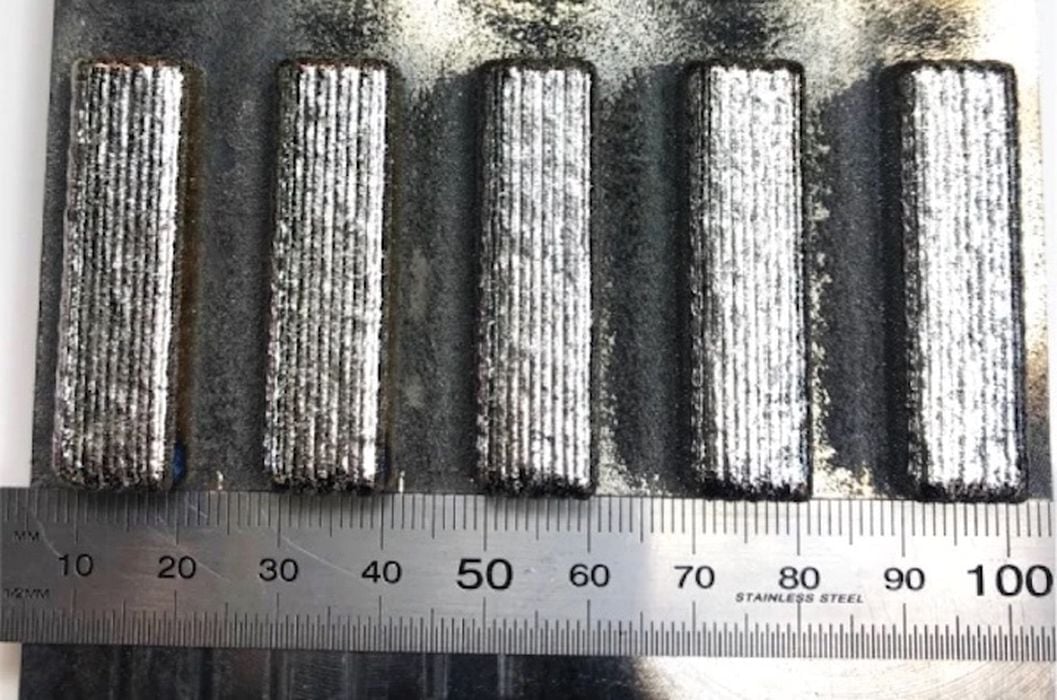
There’s a new titanium coming for additive manufacturing, and maybe much more.
Researchers have been working on new ways to reduce the brittleness of titanium alloys and have come to a bit of a breakthrough.
Typically alloys have additives that provide for additional strength, stabilization or other properties, and titanium is no different. It’s long been desired to incorporate both oxygen and iron for this purpose, but there’s a problem.
If oxygen and iron are added to titanium, the result is a brittle titanium alloy — stable but brittle. This makes it less useful for manufacturing, particularly in additive scenarios.
Now this could change with the development of a new approach that leverages additive manufacturing. They explain:
“We have sought to circumvent the metallurgical challenges arising from alloying Ti with O and Fe by integrating alloy design concepts with AM process design.”
They chose to use DED (Direct Energy Deposition) as the additive process for their experiments. This allowed them control over both the alloy material and precise control over the printing process.
They modeled the DED printing process in software to examine aspects such as cooling rates, microstructure formation thermal gradients and more. From this they were able to develop an “envelope” of conditions into which they could successfully integrate oxygen and iron into the microstructure.
Was the experiment successful? They explain:
“To summarize, we have demonstrated an integration between alloy design and simulation-based AM process design to create a new class of strong and ductile α–β Ti–(0.35–0.50)O–3Fe alloys (εf = 9.0 ± 0.5% to 21.9 ± 2.2%; σUTS = 1,034 ± 9 to 1,194 ± 8 MPa), available across a generous AM processing window, using the readily abundant elements O and Fe.”
In other words, they were able to change the alloy composition using additive manufacturing itself.
This seems to be unprecedented, and while the new titanium alloy would appear to have plenty of applications, the development process itself is groundbreaking. It’s possible that more alloys can be developed with this technique in the future, leading to a set of industry materials that can only be used on 3D printers.
Via Nature
